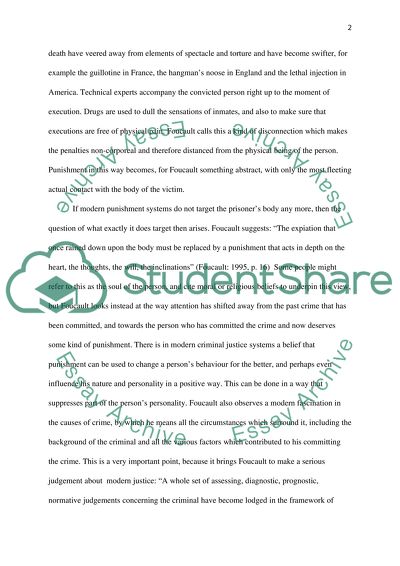Cite this document
(“CJ3Book Review The body of the Condemned Essay Example | Topics and Well Written Essays - 1500 words”, n.d.)
Retrieved from https://studentshare.org/environmental-studies/1406067-cj3book-review-the-body-of-the-condemned
Retrieved from https://studentshare.org/environmental-studies/1406067-cj3book-review-the-body-of-the-condemned
(CJ3Book Review The Body of the Condemned Essay Example | Topics and Well Written Essays - 1500 Words)
https://studentshare.org/environmental-studies/1406067-cj3book-review-the-body-of-the-condemned.
https://studentshare.org/environmental-studies/1406067-cj3book-review-the-body-of-the-condemned.
“CJ3Book Review The Body of the Condemned Essay Example | Topics and Well Written Essays - 1500 Words”, n.d. https://studentshare.org/environmental-studies/1406067-cj3book-review-the-body-of-the-condemned.


